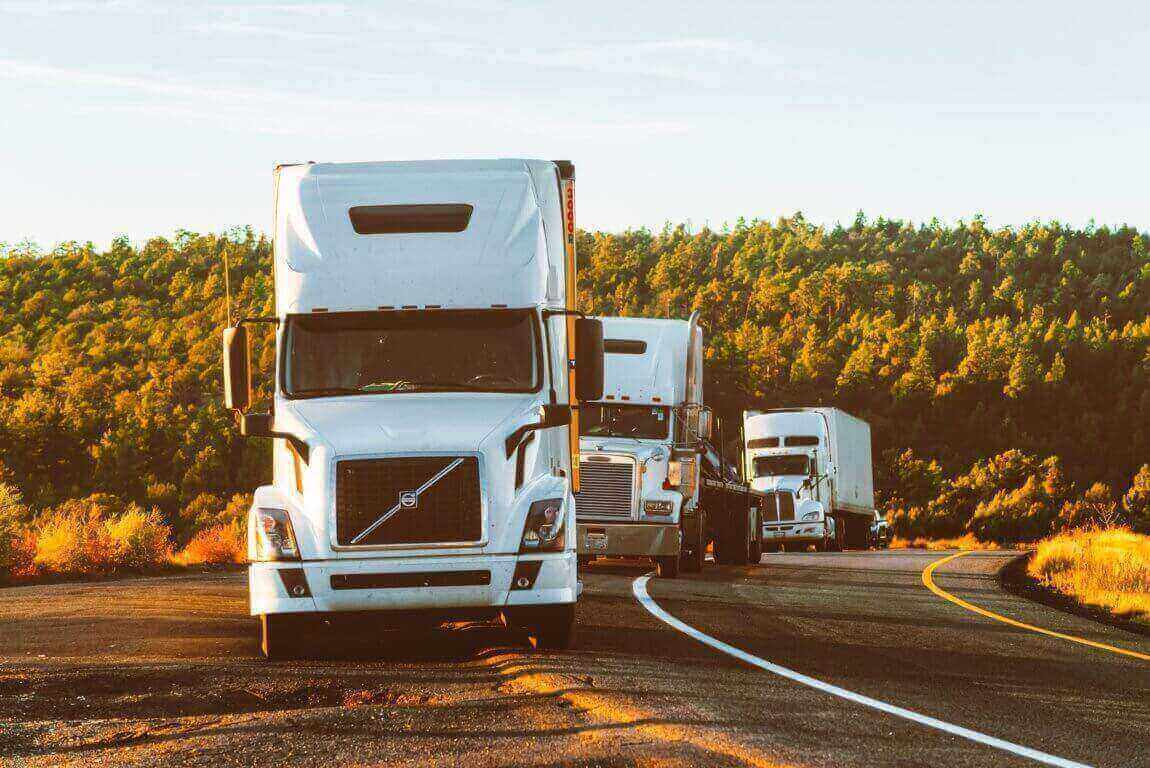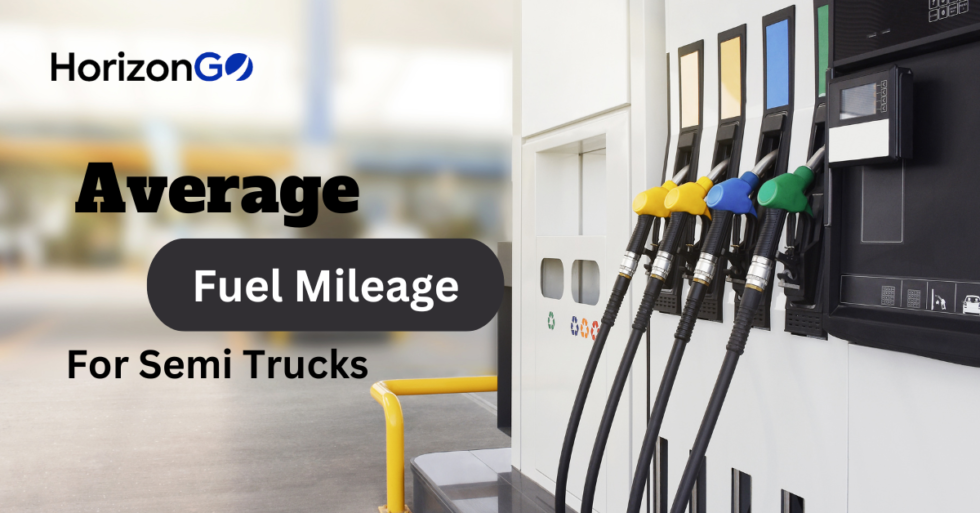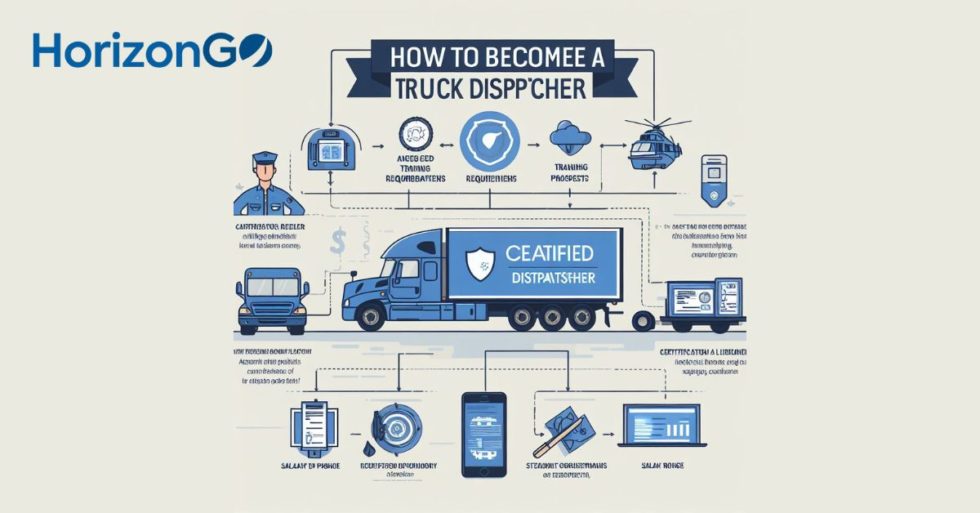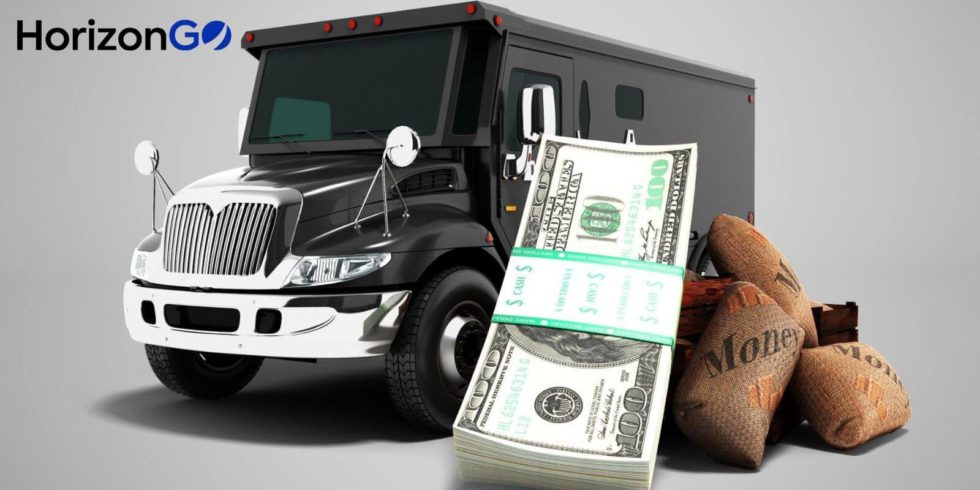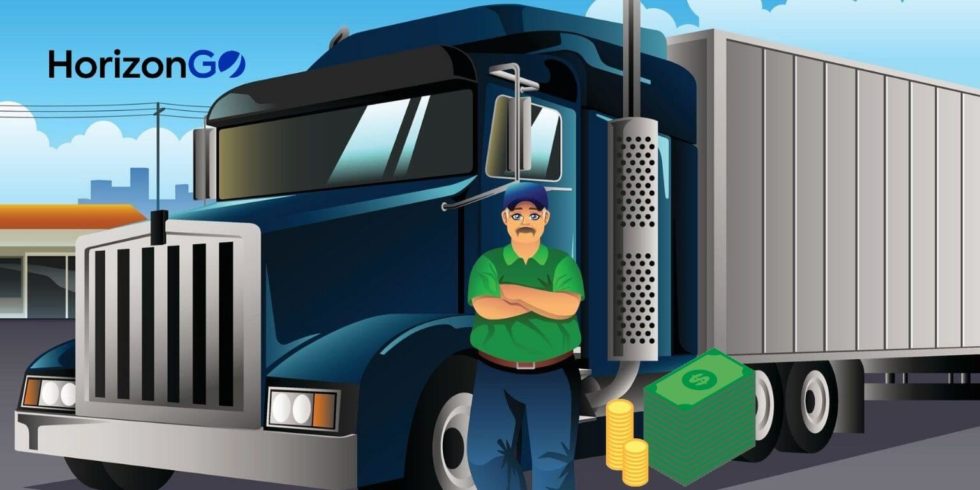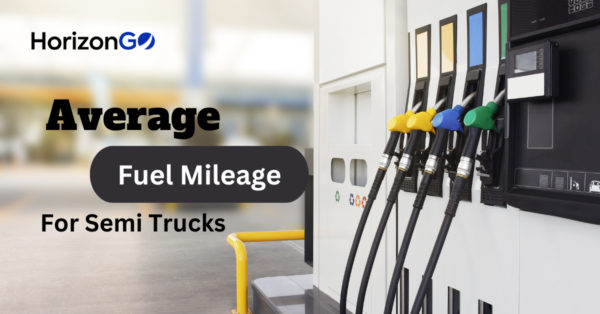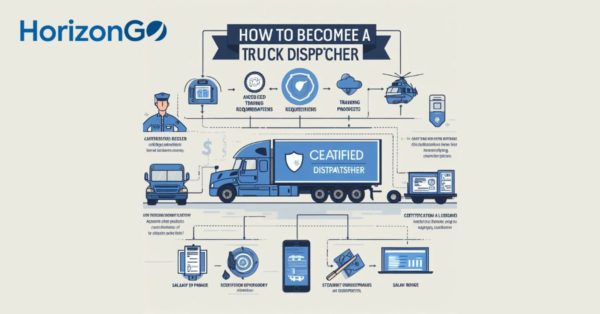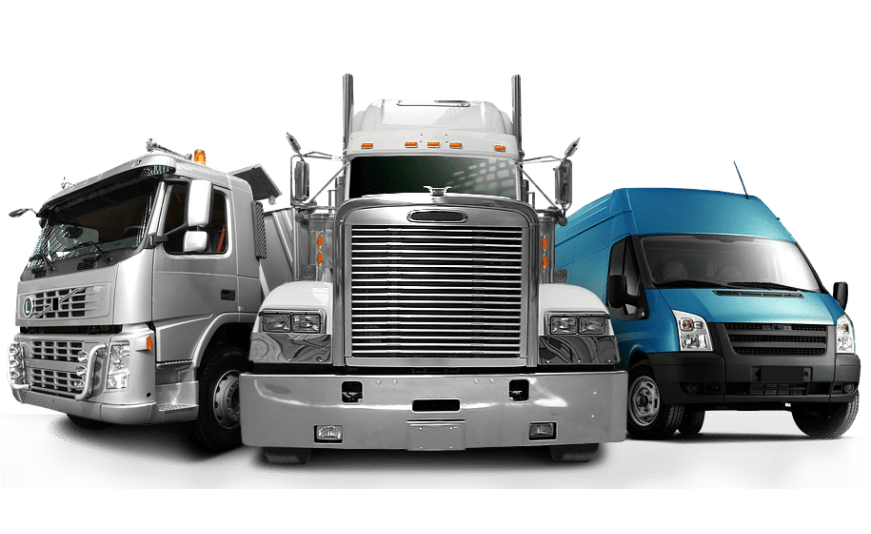✅Quick Answer
Hotshot trucking is a type of trucking that specializes in the delivery of time-sensitive, small to medium-sized loads.
Hot shot truckers typically use pickup trucks or small semi-trucks to transport their loads, and they often have to travel long distances to make their deliveries. Hotshots trucking is a great option for businesses needing to deliver their products or equipment quickly and efficiently.
What is Hot Shot Trucking? OR What is Hot shotting?
Hot Shot Trucking Definition: Hot shot meaning is transporting smaller, more time-sensitive Loads of LTL shipments in a short period, generally to a single client or location. Medium-duty vehicles pulling flatbed trailers are used to deliver hotshot cargoes. The specifications for hotshots trucking are different. Certain hotshots need to go a small distance, whereas others need to travel across state lines, maybe the entire country.
Expedited shipments, on the other hand, typically involve vans, tractor-trailers, or even pickup trucks on standby to complete the work. Hotshot hauling jobs are dispersed to numerous drivers using load boards rather than maintaining accelerated shipping trucks on standby.
As a result, hot shot trucking is an excellent option for any owner-operator searching for a new load or some additional cash. The hotshot truck load board is a valuable resource for truckers who are looking for loads to haul.
Hotshotting and Hot Shot Trucks: Delivering the Urgent
Hotshotting is a type of trucking that involves transporting small, time-sensitive freight using a pickup truck or medium-duty truck with a trailer, typically a flatbed. These loads are often critical for businesses to avoid production delays or downtime, so speed and reliability are crucial.
Hot shot trucks come in various sizes and configurations but are generally smaller and more agile than traditional semi-trucks. They can navigate tight spaces and manoeuvre through traffic more quickly, making them ideal for deliveries within a city or region.
We’ll review how hotshot truck loads works, the benefits and drawbacks, and how to discover hot shot hauling companies jobs and cargos.
What are the roles of Hotshot Truckers?
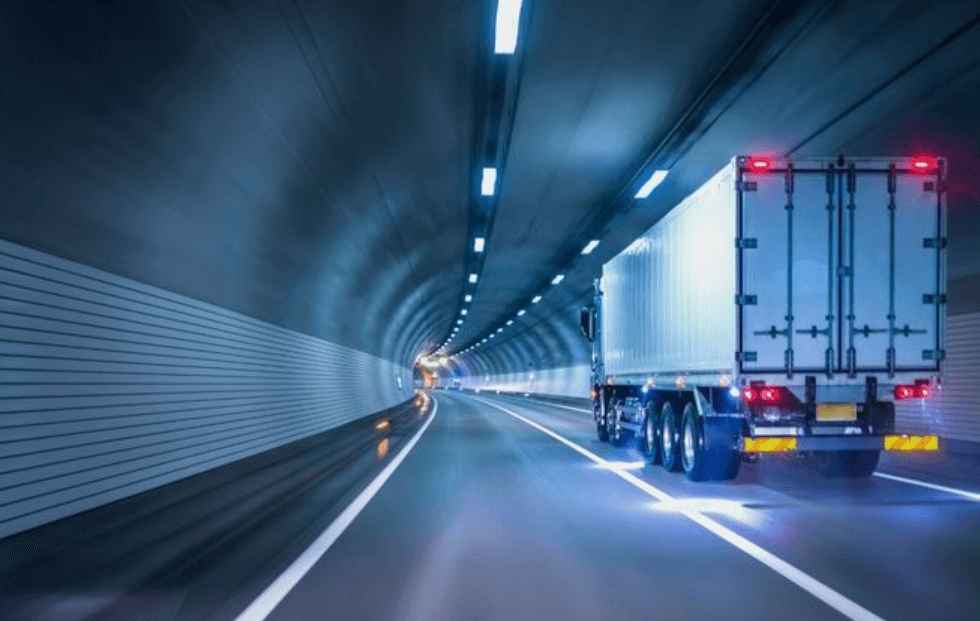
Hot shot truckers specialize in delivering tiny, time-sensitive cargoes that must be transported within a certain timeframe. Most hotshot truckers are self-employed owner-operators who discover their cargo on load boards. However, hotshot transport business drivers are known to take on hot shotting tasks as well.
Hot shot truckers have a lot of experience transporting a variety of hotshot freight with the right equipment. Hotshot truck load boards appeal to them because they pay well, especially when a corporation wants a piece of equipment supplied rapidly to minimize a loss of output.
If a construction company has to get equipment to a job site fast to keep a project on track, they could put it on a load board as a hotshot loads. Hotshots delivery can result in trucking business interruptions, project delays, and income loss.
What does a hotshot driver earn?
Hotshot drivers can earn $100,000 or more each year, but that is the top limit. You’ll receive a variety of answers if you ask hot shot drivers how much money they make. Hot shot carriers drivers, on the other hand, make between $49,000 and $75,000 a year as owner-operators.
A variety of things influence how much money you may make as a hotshot driver:
- The hauling equipment you’re using
- The geographical area in which you work
- The number of available loads
- The kinds of cargo you transport
- Years of practical experience
- The cost of gasoline
- Your prices are reasonable.
- Your expenses
How to find Trucking Hot Shot jobs and loads?
If you want to be a hotshot trucker, You’ll need to find loads for haul trucking. You might be able to detect loads within your network on occasion, but most hot shot drivers rely on load boards. To avoid paying a monthly fee, some new hotshot drivers use free load boards.
However, you will get what you paid for. There aren’t always enough well-paying loads to go around and freeload boards aren’t always up-to-date or respectable.
When you use the best hotshot load board like Horizongo to look for loads, you receive access to essential pricing information as well as a large number of well-paying loads.
When you use a load board like Horizongo to look for loads, you receive access to essential pricing information as well as a large number of well-paying loads.
More significantly, every freight broker on HorizonGO has been thoroughly investigated and verified by the team HorizonGO. So, you can be certain that you’re obtaining the greatest loads from the most reliable sources.
HorizonGo is the world’s best online load board management system. It’s a minimal investment with a modest entrance price and no commitment.

Setting a target of $1.50 per mile is a smart place to start if you’re just getting started. You’ll eventually want to fix your prices between $2 and $3.
Make a list of your driving expenses before you start hotshot driving. Typical examples include:
- Costs of fuel
- Factoring/dispatch
- Maintenance
- Insurance (Cargo Insurance)
You must be able to figure out the hot shot price per mile. Subtract this amount from your earned-per-mile amount to see how much you may save. To get the greatest price, look for loads that meet your needs on Horizongo. Start with at least two to three of the best-paying cargos and work your way up.
Hot Shot Trucking Requirements and Logistics
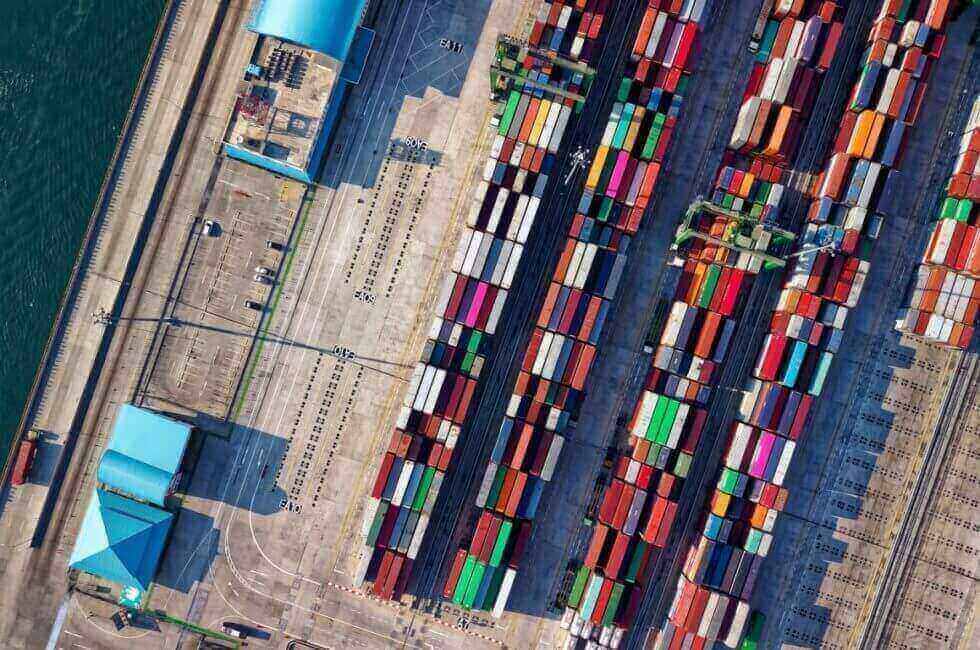
Getting the truck and trailer you need is essential, but it’s only the beginning. Before you can start hotshot carriers, you must first complete certain papers. You must register your truck as a commercial vehicle even if you are operating a “civilian” truck. If your car isn’t legally licensed, you might face a fine.
As an owner-operator, you are in charge of your driving logs. Use them to record the timing, distance, and weight of your hauls while adhering to the hours of service (HOS) restrictions. Keep up to date on each state’s regulations and how to document hour hauls for interstate shipping if travelling across state lines.
Before you start your firm, do the following preparations:
- Obtain a commercial driver’s license (CDL) (CDL).
- Make sure you’re covered (liability, physical damage, cargo).
- Recognize the HOS rules.
- Understand how to secure loads appropriately.
- Comply with all applicable brake rules and requirements.
Although a CDL is not always required for hotshot carriers, it is strongly advised. A CDL is necessary if your trailer’s gross vehicle weight rating (GVWR) is 10,001 pounds or more, and the truck and hot shot trailer’s total weight is 26,001 pounds or more.
A Class A CDL is available through your state, sometimes known as the “universal” CDL. Begin by reading the CDL handbook. Following that, you must obtain a commercial learner’s permit (CLP), enroll in a CDL program, pass a knowledge exam, and pass a driving test.
CDL hotshot requirements:
There are some general requirements that all hotshot trucking loads driver must meet.
- Age: You must be at least 21 to operate a commercial motor vehicle (CMV) in interstate commerce.
- Driver’s License: You must have a valid commercial driver’s license (CDL) with the appropriate endorsements for the type of vehicle you will be operating.
- Hazardous Materials (H) endorsement if you will be hauling hazardous materials
- Medical Card: You must obtain a medical examiner’s certificate (MEC) from a certified medical examiner. The MEC must be renewed every two years.
- Commercial Vehicle Insurance: You must have commercial vehicle insurance that meets the minimum requirements of the Federal Motor Carrier Safety Administration (FMCSA).
Non-CDL hotshot trucking is known as Hotshot trucking without a CDL. According to rules, many jurisdictions do not require a commercial driver’s license unless you are driving commercial trucks weighing more than 26,000 pounds.
Frequently Asked Question
How do How do I become a hotshot truck driver?
To become a hotshot truck driver, you’ll need a commercial driver’s license (CDL) with the appropriate endorsements, such as for hauling hazardous materials. Additionally, you’ll need a suitable truck and trailer setup, insurance coverage, and the necessary permits to operate legally.
What are the benefits of hotshot trucking for businesses?
Hotshot trucking loads offers several advantages for businesses, including faster delivery times, more personalized service, and the ability to transport smaller loads without the costs associated with larger trucks. It’s an ideal option for meeting urgent shipping needs and reaching niche markets.
Is hotshot trucking a cost-effective shipping solution?
Hotshot trucking can be cost-effective for certain shipments, especially when time is a crucial factor. It may not be the most economical choice for very large loads, but its flexibility and expedited service can offset costs for time-sensitive deliveries, avoiding potential delays and production downtime.
How do hotshot trucking companies calculate their rates?
Hotshot trucking rates are typically calculated based on factors like distance, load size, urgency, and any special handling requirements. Rates may vary among carriers, so it’s essential for businesses to obtain quotes from different companies to find the best value for their shipping needs.
How to get into hot shotting?
To break into hotshot trucking, you’ll need to obtain the necessary licenses and certifications, acquire essential equipment, establish your business entity, connect with load boards and dispatch services, network and build relationships, maintain safety and compliance, and continuously learn and improve.tunesharemore_vertadd_photo_alternate
How to get loads for hot shot trucking?
To secure hot shot trucking loads, utilize online load boards and dispatch services, network with brokers and shippers, and build a reputation for reliability and professionalism.tunesharemore_vertadd_photo_alternate
Conclusion
A complete monitoring system provides insight into operations, With GPS tracking, ELD-compliant,in-cab messaging, navigation, and performance monitoring. Allowing hotshot and expedited carriers to boost efficiency and revenues while maximizing communication and routing.

